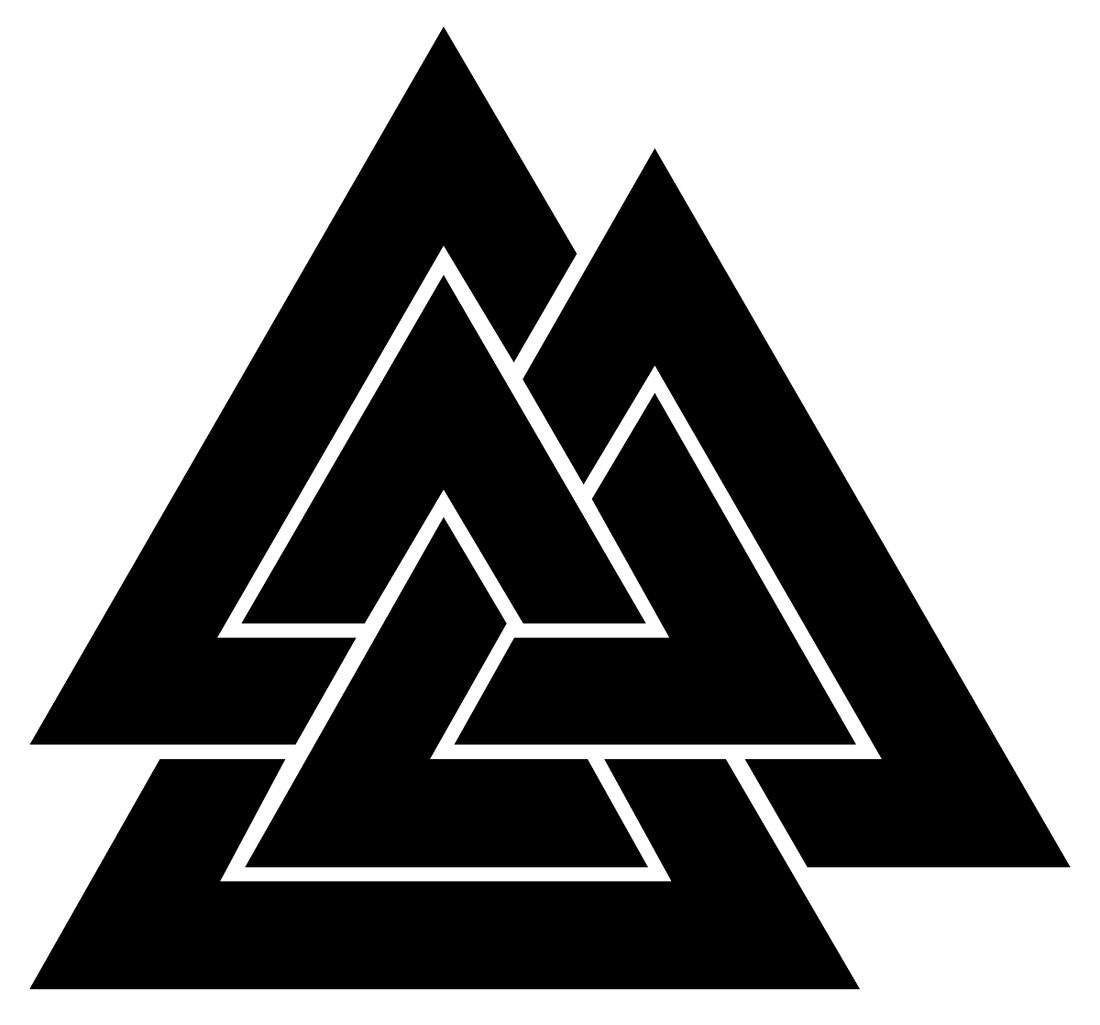
#010 The Valknut - Slain Warrior's Knot
Share
The Valknut is a symbol that appears on ancient artefacts found throughout Germanic regions, Norway, Sweden, Denmark and Anglo Saxon Britain. What does “Valknut” mean, what does it represent and who is associated with this symbol?
Valknut is from Old Norse and is made up of “valr” meaning “slain warriors” and “knut” meaning “knot”. It is a symbol consisting of three interlocking triangles. In of the Prose Edda book Skáldskaparmál the Jötunn Hrungnir is described as having “a heart that was famous. It was made of hard stone with three sharp-pointed corners just like the carved symbol hrungnishjarta (Hrungnir’s heart).” Many scholars have compared this description with that of the Valknut. The image on the Tängelgårda stone in Gotland, Sweden depicts warriors holding rings, with Odin leading them on horseback and Valknut symbols drawn beneath. Odin on horseback also appears on many memorial stones, along with the Valknut symbol. Similar symbols were discovered on cremation urns in Anglo-Saxon cemeteries in East Anglia, England, alongside figures of wolves and ravens. Both these animals are also associated with Odin. So what does this symbol mean?
The fact that Valknut means “slain warriors knot” and is found in cemeteries associates this symbol with the death of those slain on the battlefield. One possible meaning is that Odin has the power to bind and unbind the knots of death and choose warriors from the fallen for the halls of Valhalla. He trains these warriors in readiness for Ragnarok, the final battle. At Odin’s request, Thor also fought and killed the drunk, abusive Valknut stone hearted giant Hrungnir to expel him from Valhalla. The Valknut is still as popular today in modern Heathenry, with a massive resurgence of this symbol in jewellery and art by people who honour Odin and the Gods of their ancestors.

1 comment
VERY INTERESTING.. THATS MY ANCHESTERS